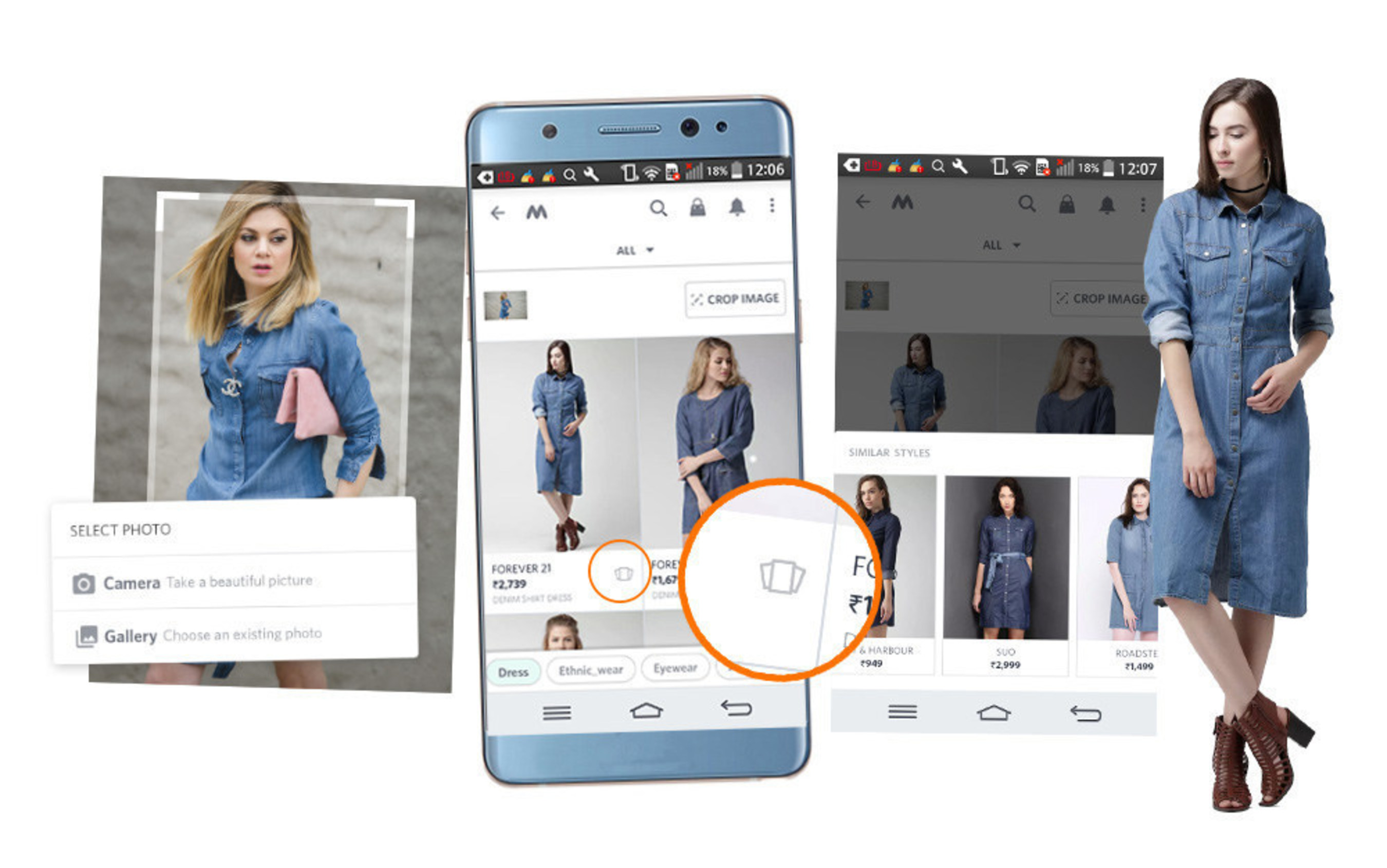
ViSenze: Complete Buyer's Guide
See. Style. Shop.
ViSenze is a specialized AI-powered visual search and product discovery platform designed exclusively for ecommerce applications, processing over one billion queries monthly for major retailers including Rakuten, ASOS, H&M, and Target[48][49].
Market Position & Maturity
Market Standing
ViSenze occupies a specialized leadership position in the AI-powered visual search market for ecommerce, distinguishing itself from enterprise giants like Google and Amazon through exclusive focus on retail applications.
Company Maturity
Founded in 2012 and headquartered in Singapore, the company has achieved significant market penetration with major clients including Rakuten, ASOS, H&M, and Target processing over one billion queries monthly[48][49].
Growth Trajectory
Meesho's implementation handling billion annual searches and 140+ million transactions demonstrates scalability for high-volume marketplace operations[51].
Industry Recognition
Myntra's 35% visual search adoption increase among Gen Z users[54] and DFS's 10% conversion uplift with 15% AOV increase[52] provide third-party validation of platform effectiveness.
Strategic Partnerships
Strategic partnerships with platforms like Future Shop enable rapid deployment in under two weeks[45].
Longevity Assessment
The specialized retail focus provides defensible market position against generalist AI platforms, while proven customer outcomes support revenue sustainability.
Proof of Capabilities
Customer Evidence
Rakuten, ASOS, H&M, and Target represent the platform's enterprise client base, collectively processing over one billion queries monthly[48][49].
Quantified Outcomes
Ajio achieved exceptional results with $6 million incremental sales and 40X ROI within one month of integration[46]. Myntra reported 27% higher conversions from visual versus text search while reducing discovery time by 50% and increasing visual search adoption by 35% among Gen Z users[54].
Case Study Analysis
Ajio's $6 million incremental sales and 40X ROI within one month[46] and Myntra's 27% higher conversions and 50% faster discovery times[54] showcase measurable results.
Market Validation
Meesho simplified search for non-English speakers while handling approximately one billion annual searches, driving 140+ million transactions[51].
Competitive Wins
Customer implementations demonstrate preference for ViSenze's retail-specific features over generalist AI platforms.
Reference Customers
Enterprise customers include Rakuten, ASOS, H&M, and Target[48][49].
AI Technology
ViSenze's AI architecture combines computer vision, deep learning, and real-time analytics through a sophisticated four-module system specifically engineered for ecommerce applications.
Architecture
The platform processes over 100 million images daily using convolutional neural networks (CNNs) for attribute extraction and similarity matching[41][53], delivering sub-500ms response times critical for mobile commerce where 82% of visual searches originate from smartphones[51].
Primary Competitors
Google Vertex AI and Amazon StyleSnap are primary competitors, offering massive scale through existing ecosystem integration[4][5].
Competitive Advantages
ViSenze's specialized retail focus and proven performance capabilities, such as sub-500ms response times and vertical-specific capabilities like 'Shop the Look' and 'Out-of-Stock Alternatives'[43][50].
Market Positioning
ViSenze differentiates through retail-specific customization and focused feature development, serving approximately 40% fashion retailers, 30% home goods companies, and 20% marketplace operators[48][50].
Win/Loss Scenarios
Choose ViSenze for retail-specific features, rapid deployment needs, and mid-market budgets with established product catalogs. Consider enterprise alternatives for massive scale requirements or existing platform integration needs.
Key Features

Pros & Cons
Use Cases
Integrations
Pricing
Featured In Articles
Comprehensive analysis of Visual Search for Ecommerce for Ecommerce businesses and online retailers. Expert evaluation of features, pricing, and implementation.
How We Researched This Guide
About This Guide: This comprehensive analysis is based on extensive competitive intelligence and real-world implementation data from leading AI vendors. StayModern updates this guide quarterly to reflect market developments and vendor performance changes.
56+ verified sources per analysis including official documentation, customer reviews, analyst reports, and industry publications.
- • Vendor documentation & whitepapers
- • Customer testimonials & case studies
- • Third-party analyst assessments
- • Industry benchmarking reports
Standardized assessment framework across 8 key dimensions for objective comparison.
- • Technology capabilities & architecture
- • Market position & customer evidence
- • Implementation experience & support
- • Pricing value & competitive position
Research is refreshed every 90 days to capture market changes and new vendor capabilities.
- • New product releases & features
- • Market positioning changes
- • Customer feedback integration
- • Competitive landscape shifts
Every claim is source-linked with direct citations to original materials for verification.
- • Clickable citation links
- • Original source attribution
- • Date stamps for currency
- • Quality score validation
Analysis follows systematic research protocols with consistent evaluation frameworks.
- • Standardized assessment criteria
- • Multi-source verification process
- • Consistent evaluation methodology
- • Quality assurance protocols
Buyer-focused analysis with transparent methodology and factual accuracy commitment.
- • Objective comparative analysis
- • Transparent research methodology
- • Factual accuracy commitment
- • Continuous quality improvement
Quality Commitment: If you find any inaccuracies in our analysis on this page, please contact us at research@staymodern.ai. We're committed to maintaining the highest standards of research integrity and will investigate and correct any issues promptly.